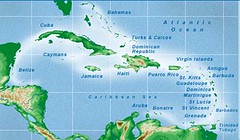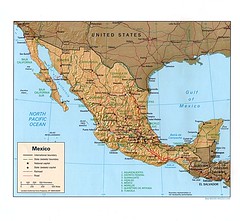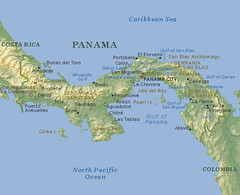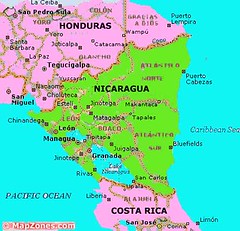 Conventional forecasters, such as those from the National Weather Service and Accuweather, are calling for a very active hurricane season. The astro-meteorological method is the only forecast device that I know of that can actually come up with the dates and places where anomalous weather patters, hurricanes included, can occur. Following are some of the dates and places for September 2010 where hurricanes are likely to develop.
Conventional forecasters, such as those from the National Weather Service and Accuweather, are calling for a very active hurricane season. The astro-meteorological method is the only forecast device that I know of that can actually come up with the dates and places where anomalous weather patters, hurricanes included, can occur. Following are some of the dates and places for September 2010 where hurricanes are likely to develop.Forecast
Sept 3-8, 2010
Atmospheric conditions over the central Caribbean may be ripe for tropical storm or hurricane formation during this five-day stretch. The Sun’s conjunction with a retrograde Mercury has often resulted in a hurricane when occurring during hurricane season. This is the case on the 3rd. Other factors point to the area around 77 west longitude and 15 north latitude or roughly 150 miles south of Jamaica as the place where cyclogenesis could take place. Panama is another area that may experience tropical activity or at least severe weather due to tropical moisture.
 Forecast
ForecastSept 2-4, 2010
The area along the Mexican coast from about 99 West to 105 West, which is roughly from 270 miles south east of Guadalajara to 145 miles southwest of Guad, stands a good chance of seeing a tropical system develop and travel the length of the coast.
 Forecast
ForecastSept 21-23, 2010
The Sun’s oppositions to Jupiter and Uranus, as well as the parallel of Mars to Neptune gather their influence together over the Central American countries of Panama, Costa Rica, and Nicaragua. The resultant weather pattern may be a tropical storm or hurricane that affects the area or a severe weather pattern ignited by tropical moisture.
Hurricane Season 2010--Forecasts for June
Hurricane Season 2010--Forecast for July
Hurricane Season 2010--Forecasts for August
Hurricane Season 2010--Forecast for September
Hurricane Season 2010--Central America Part I
Hurricane Season 2010--Central America Part 2
Introduction to the Weather Alternative
How Long-Range Forecasts Are Made
Bureaucracy
The bureaucrat's first objective, of course, is preservation of his job--provided by the big-government system, at taxpayer's expense....Whether real-world problems get solved or not is of secondary importance. It doesn't take much cynicism, in fact, to see that the bureaucrats have a vested interest in not having problems solved. If the problems did not exist (or had not been invented), there would be no reason for the bureaucrat to have a job.-- A Time For Action by former U.S. Treasury Secretary William Simon

